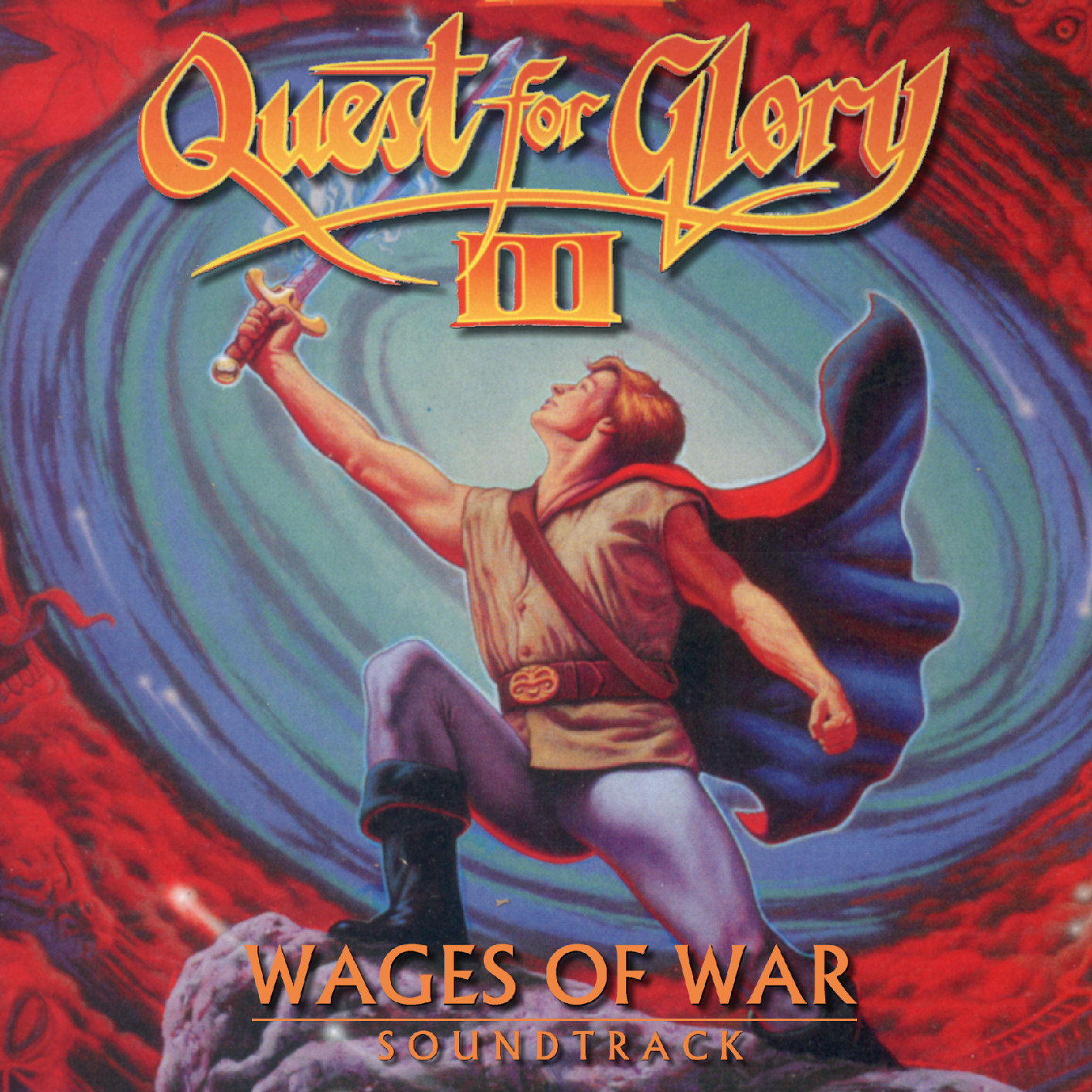
- Betrayal at krondor iceland movie#
- Betrayal at krondor iceland upgrade#
- Betrayal at krondor iceland software#
- Betrayal at krondor iceland trial#
The first in the series, released in 1989, is originally given the title Murder in the Southern Quarter, before following in the company tradition of putting Quest in the names of its adventure games with new title The Colonel’s Bequest. The Laura Bow mysteries are more entries into the Sierra parthenon from Roberta Williams. Williams didn’t design this sequel she was creative consultant on it. Ken Williams can also consider progress in his initial goal to build a company bigger than Activision: that company declares bankruptcy in 1991… although it will be subsequently resurrected. These fragments are then strung together, edited by Sierra artists and placed into the game on hand-drawn backgrounds.
Betrayal at krondor iceland movie#
Shot against a blue screen in studio, Sierra’s proprietary Movie 256 program digitizes the footage of the actors at 16 frames aka cels at a time, amounting to five seconds of screen time. Pulling from their pool of 400 employees means that the acting isn’t quite Oscar calibre, but it does lend some verisimilitude to how their digital avatars move in game. Made by development teams numbering around two dozen people, games like Police Quest 3, Space Quest IV and Quest for Glory III utilize motion-capture techniques to digitize live actors into the games.

Betrayal at krondor iceland software#
Even with Lucasfilm breathing down their necks, by mid-1990 Sierra is responsible for 25% of computer game software sales in America, and the company continues to push its technology even further. Roberta Williams succeeds in revamping the Sierra Adventure Game Interface to add an icon-driven control scheme to later Sierra games, as well as encouraging game developers at the company to rethink their game design in the absence of the typing parser. Along with their Monkey Island series and the Indiana Jones graphic adventures, LucasArts adventure games eschew the verb-noun text command parser for a slick point-and-click user interface. Sierra retains its lock on the graphic adventure market until challenged by George Lucas’ Lucasfilm computer games division (later re-named LucasArts), with the 1987 release of their first in-house produced game, the graphic adventure Maniac Mansion. Game changer: Maniac Mansion introduces the point and click interface, released in 1987 by Lucasfilm until incessant fan clamouring prompts Sierra to promise Lori Cole all the resources needed to tell one more QFG story in style… and hence the release of Quest for Glory V: Dragon Fire in 1998.

Quest for Glory: Shadows of Darkness follows in 1993, and is touted as the final entry in the series….
Betrayal at krondor iceland trial#
The original is followed by Quest for Glory II: Trial by Fire in 1990, and Quest for Glory III: Wages of War in 1992 introduces a system to allow users to adjust their game experience by making the combat sequences either lean more towards the strategic, or the other way towards twitchy arcade play.

Betrayal at krondor iceland upgrade#
When it undergoes the obligatory graphical and interface updating in 1992, digitized stop-motion plasticine figures are used to upgrade the monsters and some characters in the game. Still, under the new name Quest for Glory: So You Want to Be a Hero, the game sells over 100,000 copies after six months of release. Thus does Sierra have to change the name of the game and its sequel. Developed by husband and wife team Corey and Lori Cole, the first game is initially released in 1989 under the name Hero’s Quest. Unfortunately, Sierra fails to copyright the title, and board game maker Milton Bradley manages to produce a game and copyright the title HeroQuest.

The game also allows players to choose from three character classes – Fighter, Thief or Magician – each requiring different play styles to succeed in the land of ‘Spielburg’. Quest for Glory is another successful and long-lived entry in the Quest line at Sierra, the hallmark of this one being an interesting amalgam of a graphic adventure and an RPG game. The magic behind Quest for Glory: creators Lori and Corey Cole, 1994


 0 kommentar(er)
0 kommentar(er)
